Here are a couple of recipes that I learnt while travelling in Madhya Pradesh plus some general thoughts on Indian food.
Everything is Indian in India. That’s part of what is so great about travelling here. Unlike most of the world where high streets are identical, India is just so bloody Indian. Especially the food.
Last night I had spaghetti for a change, somehow it had become Indian, with sliced green chillis and un-Italian spices. A cup of tea will be masala chai. A cup of coffee is thick with boiled milk and Nescafe. Breakfast is of course Indian.
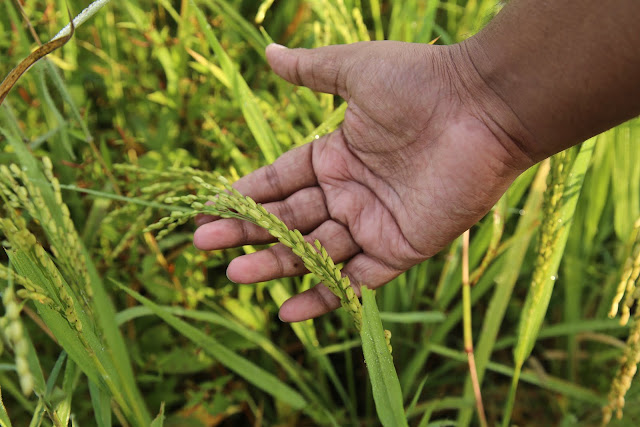
Virtually every meal follows the same routine and structure:
1) Half moons of crispy poppadum are served with three small dishes: salt, pepper and pickle.
2) Sometimes another dish of goat curd is added. Sometimes one is given a soup; lemon and coriander, mulligatawny or tomato soup. Tomato soup couldn’t be more different from thick Western Heinz style that we are accustomed to, it’s been clarified, and is a light transparent red.
3) Then come the curries: it is important to note the difference between wet and dry curries. The dry curries have less gravy and are served directly onto the main plate, but the wet curries, dhal for instance, are poured into little bowls.
4) The paneer cheese is wonderfully fresh, served in a variety of ways from the Chinese influenced ‘chilli paneer’, or coated with creamy cashew sauce. I must work out the recipe.
5) Spinach is creamed. When I make saag aloo I never cream the spinach. I’m very alert to texture, and I can’t abide slimyness. This is why I don’t like okra/bhindi, which is popular here.
6) Sauteed vegetables, not in a curry sauce, are another option; simple enough you might think but somehow this plain dish becomes Indian – they are sautéed in ghee and slick with pepper.
7) Breads are so good. Slim and flexible flatbreads, fried puffed breads, stuffed parathas, are made with the skill of regular practice and habit.
8) Rice often seems to be an afterthought, frequently served cold and lacking salt. Which is odd as Madhyar Pradesh is a rice producing state. In fact I’ve seen rice paddies and actual rice plants close-up for the first time ever. I remember a geography teacher explaining to me that Asians are intelligent because they are rice producing countries and it takes intelligence to grow rice and turn it into food. Certainly harder than potatoes.
8) For dessert I am mostly given some kind of rice pudding, a kheer, although it can have vermicelli instead, with sweet spiced whole milk, flavoured with cashews, pistachios and saffron. Kheer is also a popular breakfast item, along with milkshakes, buttermilk, sweet lassi. I have also been served gulab jamin, fudgy white balls or chocolate kulfi, an unchurned ice cream.
9) Meals are breakfast (poha, or utthapam or masala omelette), lunch (curries), high tea (deep fried pakora fritters, or tea and biscuits) and dinner (curries). After, say, five days of eating non-stop Asian food, I find I need a little break, a pasta, pizza, toast or something.
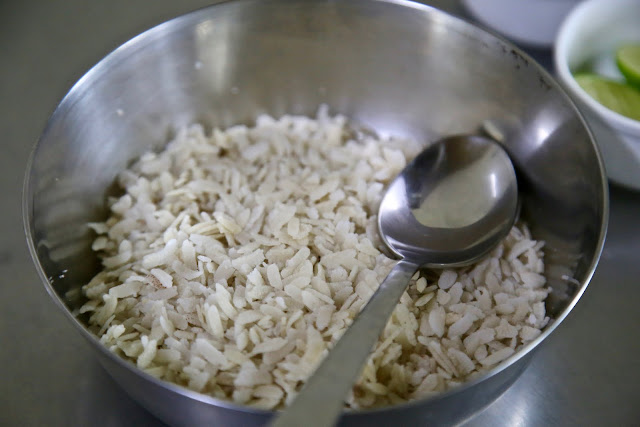
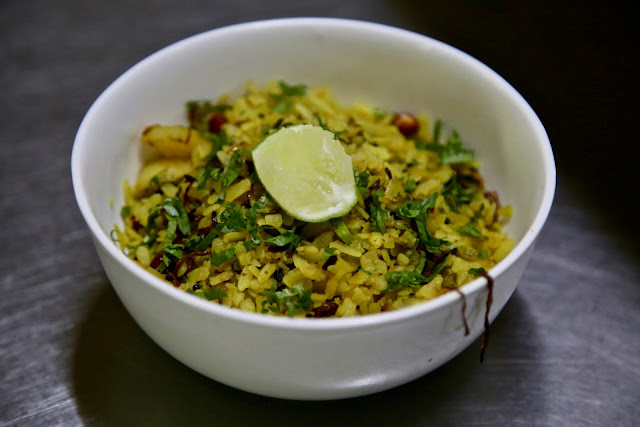
Poha
Ingredients
- 250 g poha
- 2 tbsp ghee
- 1 tsp mustard seeds
- Handful of fresh curry leaves
- 1 small brown onion, finely sliced
- 1 tsp turmeric ground
- 1 potato, peeled, finely sliced
- 1/2 tsp salt
- 1 tsp sugar or palm sugar
- Handful of garden peas
- Handful of peanuts
- 1 green chilli, finely sliced
- Handful of coriander leaves
- 1 lime
Instructions
- Soak the poha in cold water for a few minutes until they easily squash between your fingers. Drain.
- In a deep frying pan, heat the ghee until hot then add the mustard seeds, curry leaves then
- cook the onion till soft. Add the turmeric and potato slices.
- Add the salt and sugar, the peas, peanuts, chilli.
- Add the coriander leaves and juice of the lime.
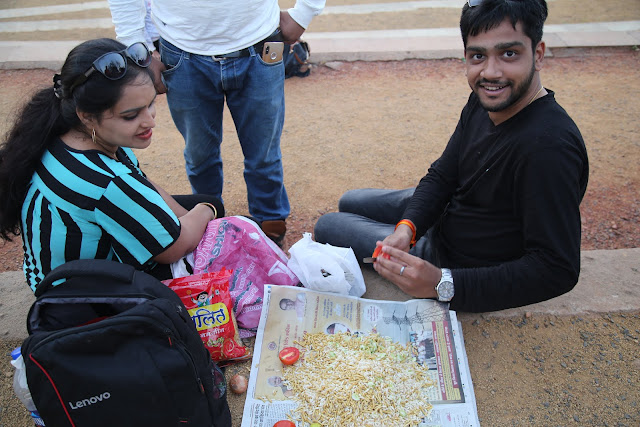
Jhaalmuri
Ingredients
- 300 g unsweetened puffed rice
- 1/2 cucumber, peeled, diced
- 3 to matoes, diced
- 1 onion, diced
- Handful of sev
- Juice of 1 lime
- 1 small green chilli
- A sprinkle of black salt
- Salt
Instructions
- Mix all the ingredients together!
Masala Chai
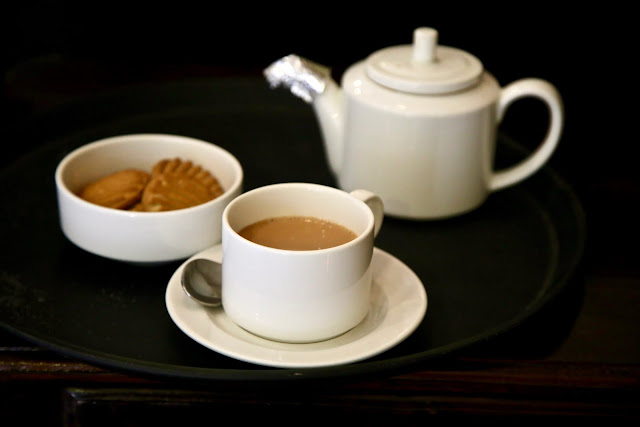
Wet and Dry Curry
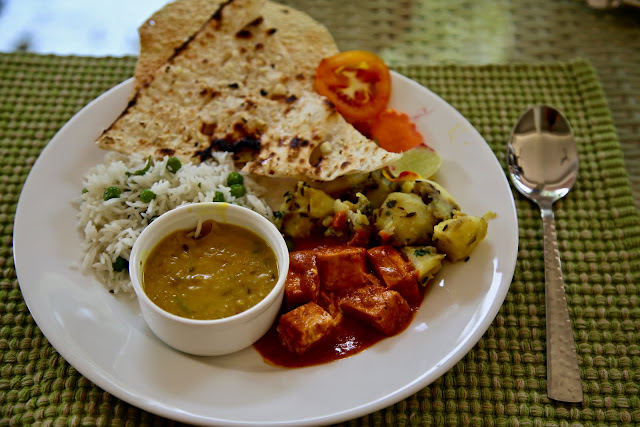
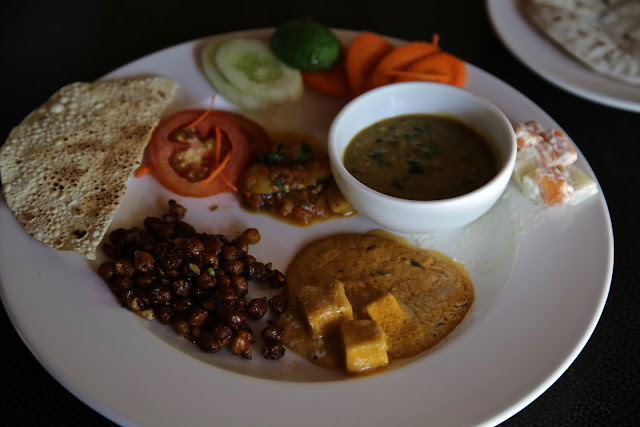

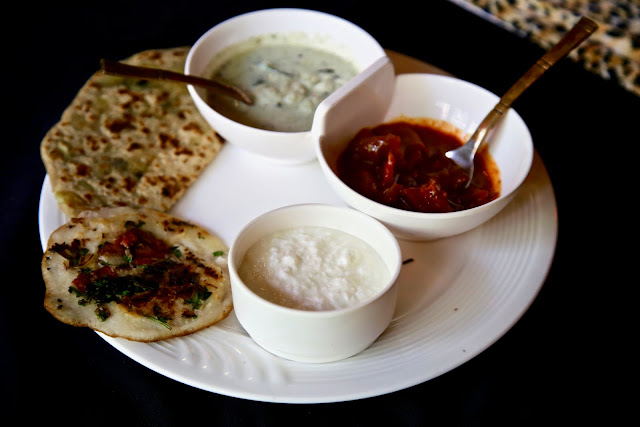






Leave a Reply